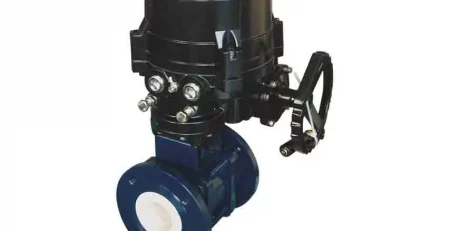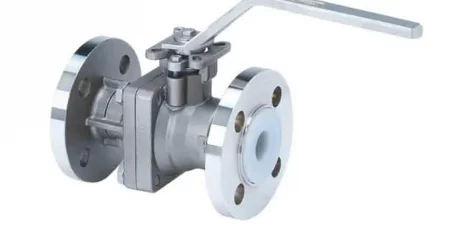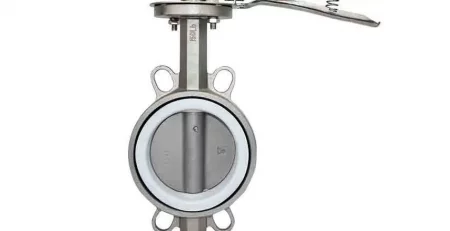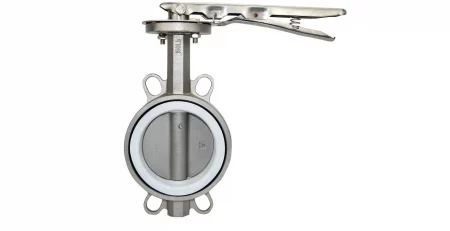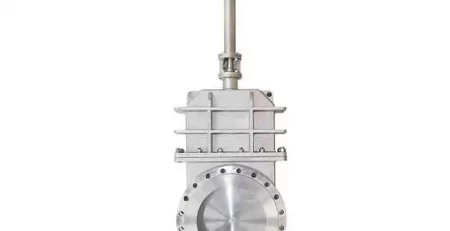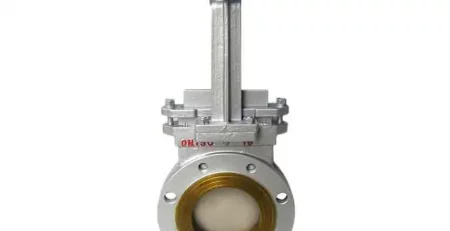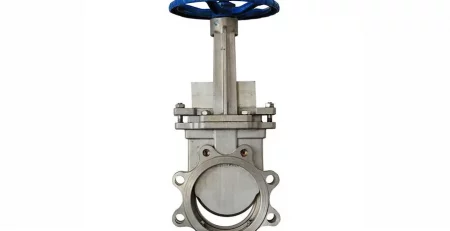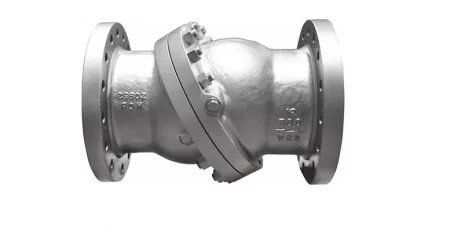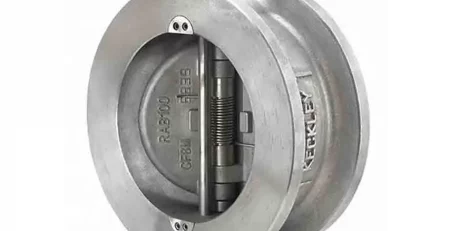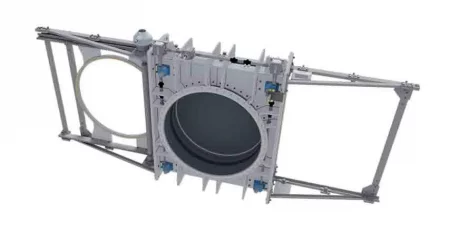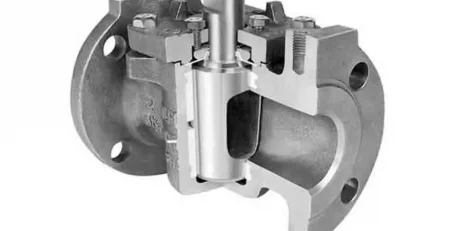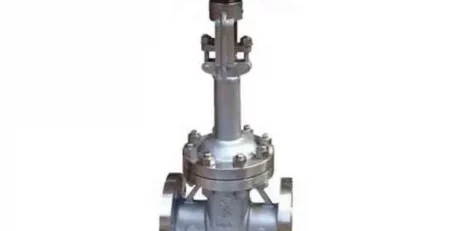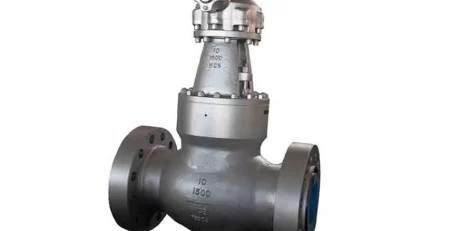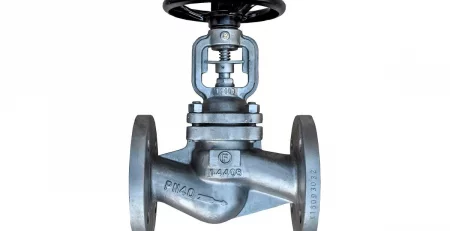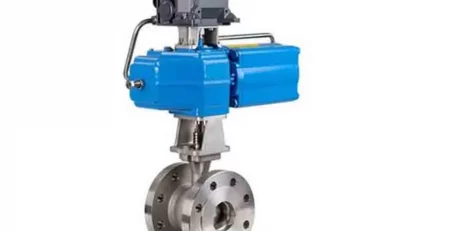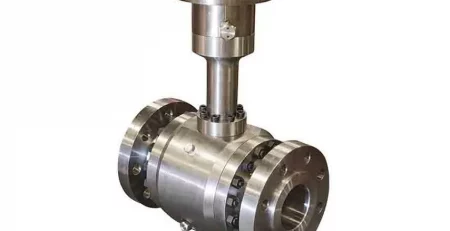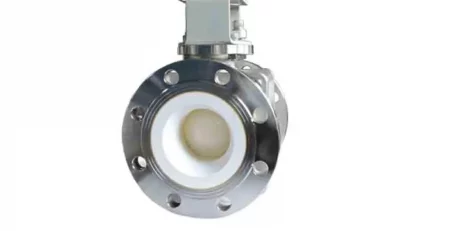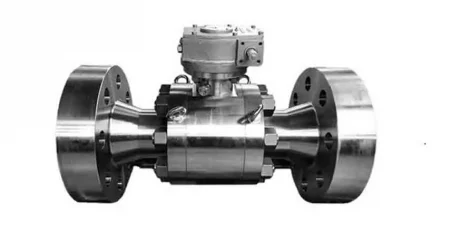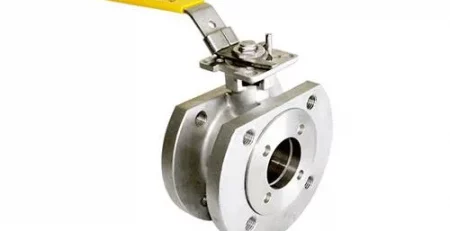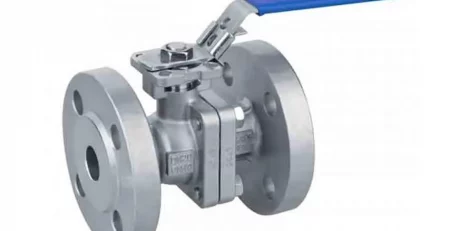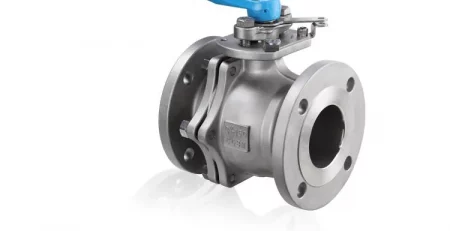PRODUCT DESCRIPTION
These valves are a type of valve commonly used in industrial systems operating under high temperature and pressure. The products are manufactured from specially designed durable materials and typically include metal alloys or ceramic materials. Their operation is based on the typical ball valve principles, which allow flow when open and prevent flow when closed. A special feature of high-temperature ball valves is their ability to maintain stable performance in high-temperature environments. These valves are often used in energy production, petrochemical, steel production, and other industrial applications. They are particularly preferred in such systems where fluids need to be safely controlled at high temperatures. The special materials and sealing systems within the valve provide resistance to high-temperature conditions, enabling safe and efficient operation.
High-temperature ball valves stand out with their superior adaptability to fluid direction and temperature variations during operation. The special geometry and materials used in the internal structure of the ball valve ensure continued flow with minimal pressure loss, even at high temperatures. This design enhances the valve’s performance, especially in systems operating under high temperatures, and minimizes energy losses. The precise movement of the spherical mechanism allows the fluid to pass uninterruptedly and smoothly, maintaining stability even during sudden temperature changes. High-temperature ball valves offer a significant advantage in applications requiring quick opening and closing, as the mechanical stresses that occur when the ball valve is opened and closed are minimized thanks to its advanced design. Moreover, the metal-to-metal sealing structure of these valves provides effective sealing even at extreme temperatures, ensuring long-lasting and safe operation. These features make high-temperature ball valve products critical components in industrial processes.
The internal components of high-temperature ball valves must also not melt at high temperature values. In this context, sealing is ensured in a metal-to-metal manner. To enable the two metal sealing elements to operate under high temperatures for extended periods, HG-Stahl applies different types of coatings developed based on fluid type, pressure, and temperature values to the internal components. Our prominent coating types include Stellite, Chromium Carbide, Tungsten Carbide (Wolfram Carbide), Nickel Alloy Tungsten Carbide, Chromium Oxide, and Titanium Dioxide coatings.
High-temperature ball valves can be produced as floating, guided (trunnion), full bore or half bore, in two or three-piece designs. The design standards include EN-12516, ISO 17292, ANSI B16.34, and API6D, while face-to-face standards can be EN558, ANSI B16.10, or custom dimensions as requested. For connection flanges, we can assist with EN 1092-1 & EN 1092-2, ANSI B16.5, and B16.47 standards. The connection standard for valve top flanges is ISO 5211. Our products comply with international standards such as API 598, ANSI FCI 70-2, and ISO 5208. Upon request, we can deliver products with Class C leakage or zero leakage compliant with Class A. Fire safety is ensured with designs made according to API607, API6FA, and ISO 10497 standards.
Through TÜBİTAK projects, our company has addressed the most challenging aspect of metal-seated ball valves—optimal turning torque force. Using various mathematical models, we design and manufacture high-temperature ball valves capable of operating with both zero leakage and low turning force.

